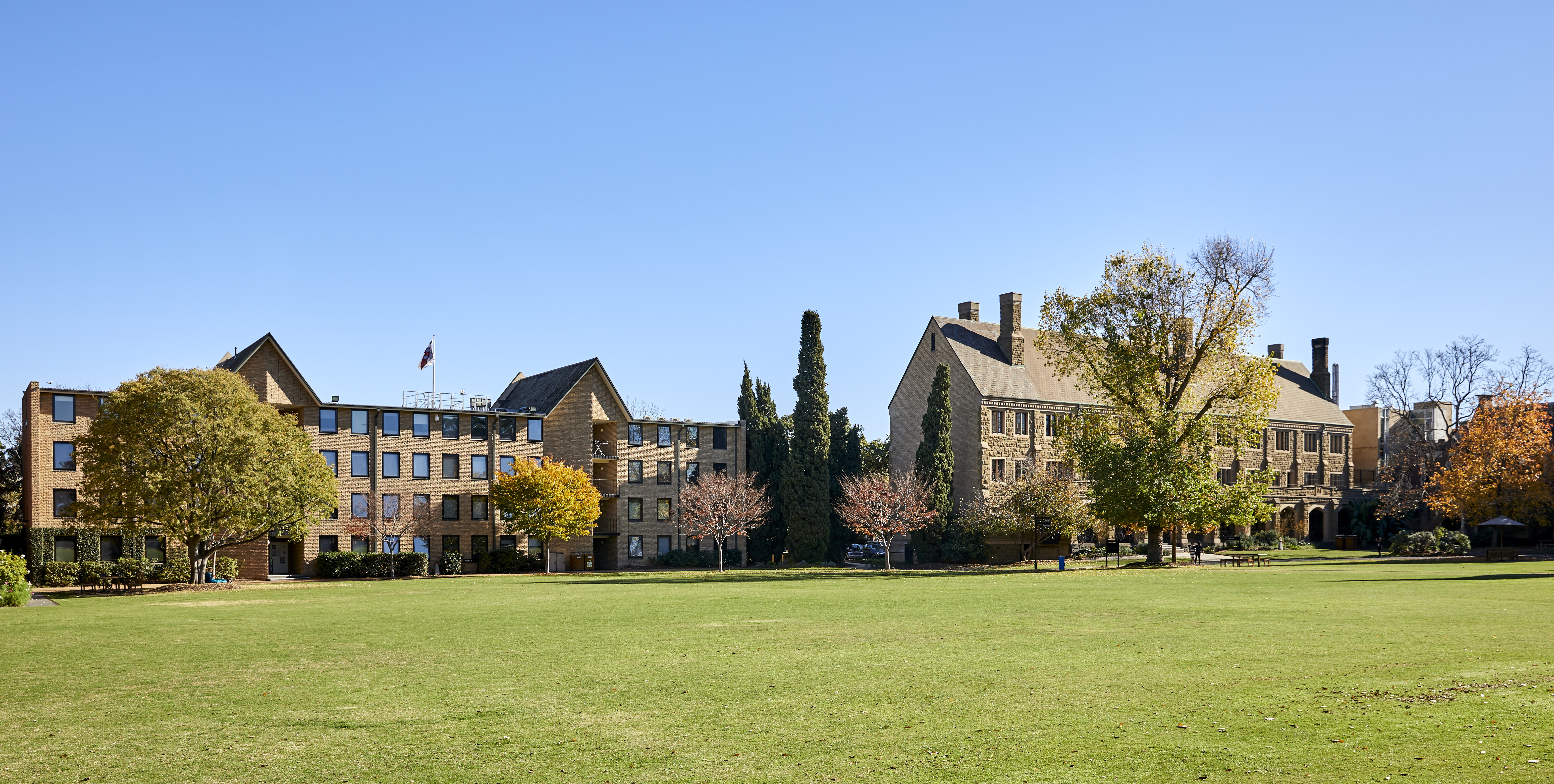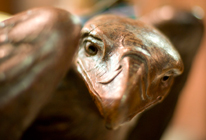The Horsfall Chapel
Trinity College’s Anglican foundation and Christian values are encapsulated in our elegant Chapel, which we share with our neighbouring college, Janet Clarke Hall (JCH was the female-only residential wing of Trinity College from 1886–91).



